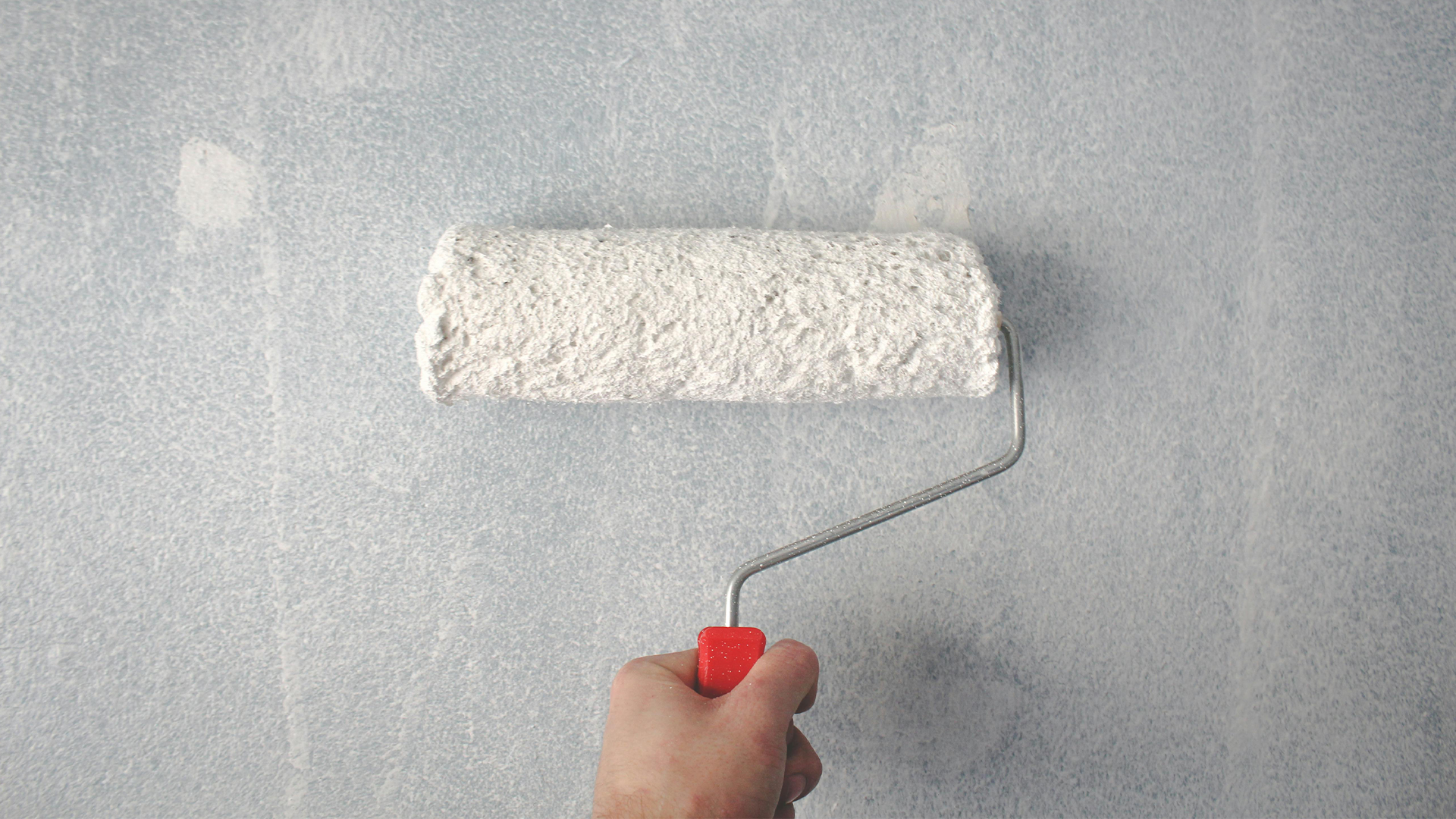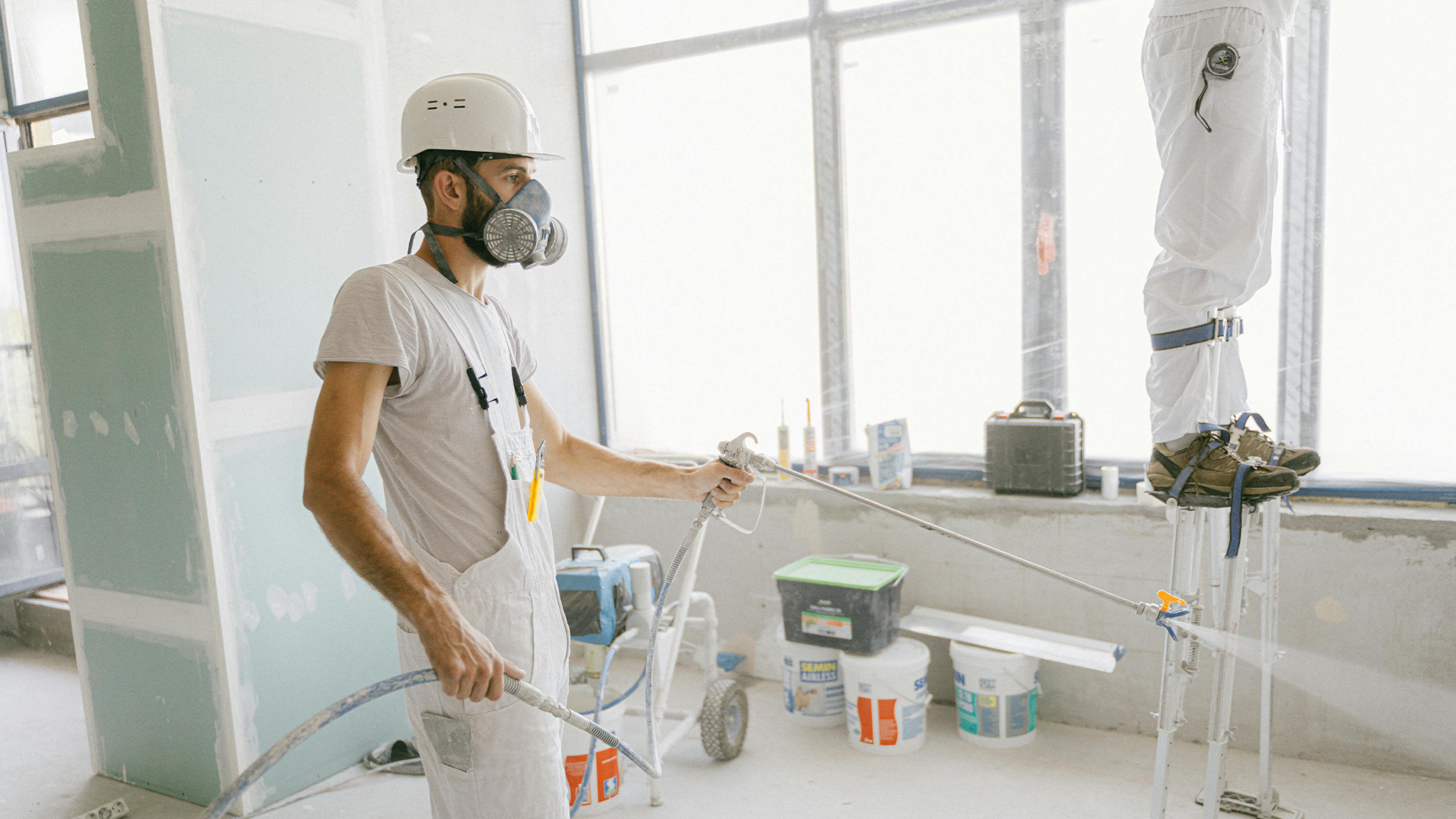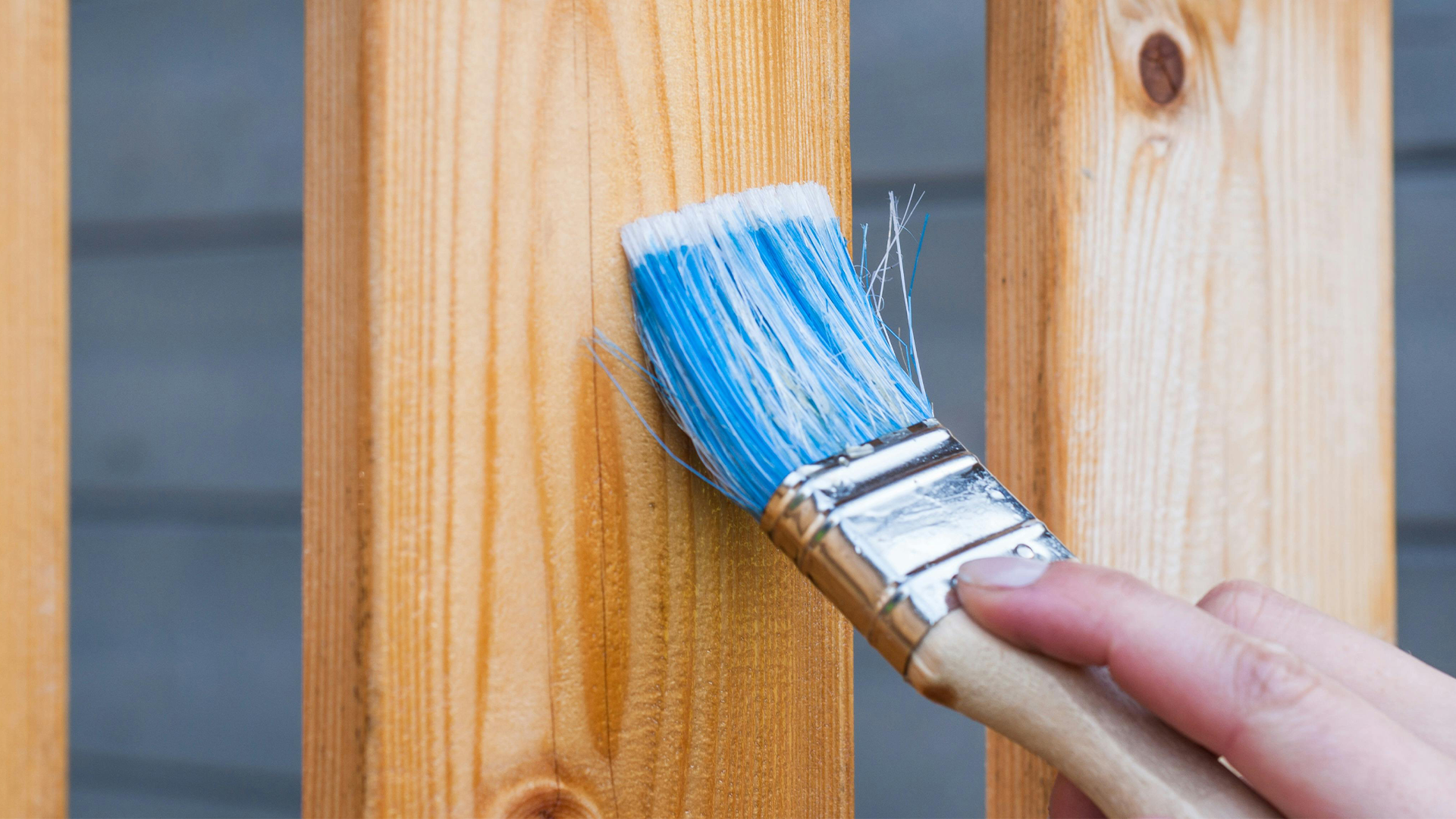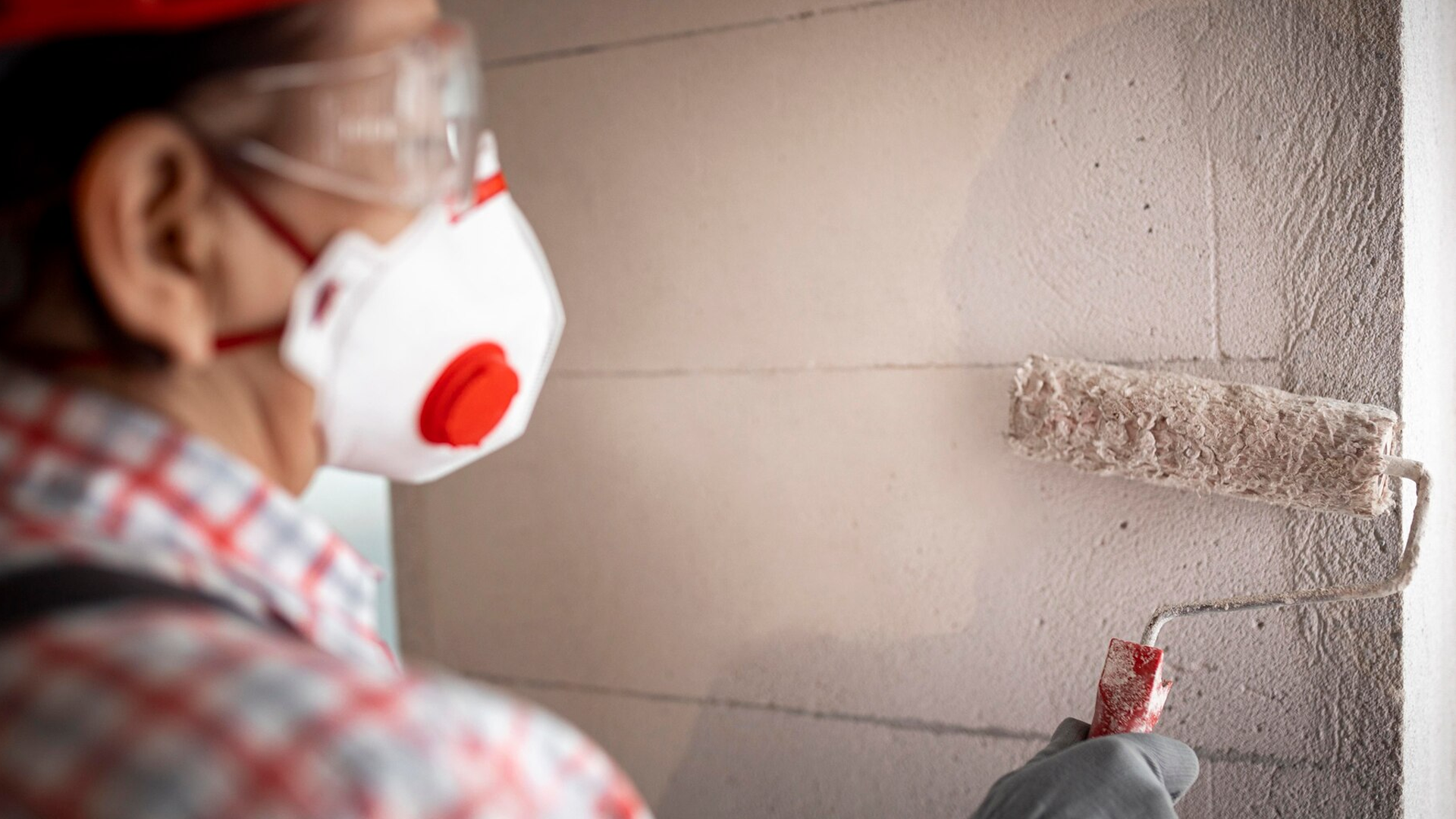Key Take Aways
Condensation in loft spaces occurs when warm, moist indoor air meets colder loft surfaces, leading to water droplets forming and collecting.
Inadequate ventilation—particularly blocked or absent roof and soffit vents—is the primary cause, as it prevents airflow and traps moisture.
Left untreated, condensation can result in mould growth, mildew, and damp timber, all of which threaten structural integrity and occupant health.
Key solutions involve a three-pronged approach:
Ventilation – Install or unblock soffit and roof vents to improve airflow.
Moisture control – Use extractor fans, keep pots covered when cooking, avoid indoor clothes drying, or use a dehumidifier.
Insulation – Insulate the loft floor and roof while maintaining ventilation to prevent moisture accumulation.
Seek professional assistance when:
Ventilation upgrades are structurally complex or extensive
Condensation problems are severe and long-standing
Balancing insulation and airflow is tricky, especially in older or unusual properties
The home ventilation system is crucial to maintain the quality of the indoor air which is achieved through the correct management of air circulation. These systems help in the removal of contaminants, stale, and excess moisture because let fresh air into the building from the outside. Whole home ventilation systems are other effective methods of maintaining comfort and health by not only restricting the formation of moulds, but also enhancing the use of energy by regulating humidity and temperatures.
A component of the modern home build and maintain, therefore, proper ventilation is essential for a healthy home. Home ventilation as compared to natural ventilation provides a programmed method of ventilation in which air is supplied in equal amounts to every part of the home.
How do home ventilation systems work?
The home ventilation system is also used to control optimum humidity and improve air quality by replacing indoor and outdoor air. Most commonly it consists of vents, fans, and ducts properly placed in strategic positions in the home. During their operation, stale indoor air is sucked from living spaces, kitchens, and bathrooms and expulsed out of the building. Using fresh air, the interior provides sufficient oxygen level inside living spaces, cutting off inner contaminants and dampness, as well as any unpleasant odours.
To improve the quality of air circulating in your home, make sure your home has good working home ventilation. Some systems have attached stages that collect pollutants and allergens and ensure that the air in the interior spaces is much better than the air in the outside environment.
The Significance of Proper Home Ventilation
Continued use of air ventilation is important after the completion of the epidemic since it effectively gets rid of interior gases as well as offers fresh air. Interior air can cause suffocation and other diseases due to poor interior circulation resulting from improper design of the ventilation system. Apart from raising efficiency, the proper air exchange shields the inside environment against pollutants.
Reduce Condensation
Condensation is the state where the air is saturated with humidity and the additional cooling decreases the capability of the vapour to hold moisture in the air. When external atmospheric humidity or dampness gets into the building, it condenses on the coldest object possible and forms droplets of water on the walls, windows and any other surface.
If left unresolved, excess moisture can cause several problems within a home, such as wallpaper that begins to peel, mould and mildew, and damage to the wooden frameworks. Both aspects can be regulated by the amount of airflow and humidity; therefore, proper ventilation should be maintained.
Enhances the Quality of Air
Home ventilation system aids in the removal of volatile organic compounds from cleaning supplies, air fresheners, and home paint. Therefore, adequate ventilation promotes healthy living and helps to improve indoor air quality. Bacteria and chemical substances will damage the air quality if the air fails to move.
Home ventilation system aids in the release of germs, moisture, and odours as well as pollutants that have been retained within. It regulates airborne pollutants and indoor humidity, both of which pose a health risk or contribute to it.
Controlling the Temperature
The main cause of high humidity levels in dwellings is inadequate or non-existent ventilation. An adequately ventilated home guarantees that light and air are dispersed throughout the space. This reduces the intensity of the summer heat and offers warmth in the chilly winter months. Living in the home all year round is made quite pleasant and comfortable by the temperature management.
If the home has enough ventilation, neither the days nor the nights get unusually hot or cold. Since more and more individuals are opting to work from home, having a house with ventilation space may increase comfort and productivity.
Health advantages
Another benefit related to good home ventilation systems is positive impacts on health and quality of life. Some of the sicknesses that are likely to result from indoor air pollution complemented with inadequate ventilation include headaches, allergies, asthma, rashes, and sinusitis. However, if a passable ventilation system has been put in place, this might be averted.
Increases the level of comfort
Breathing becomes easier, and the humidity level is controlled via ventilation. The airborne pollutants are removed when the space is filled with clean, fresh air. Additionally, house walling with a sufficient air intake maximises the room’s cooling, enhancing the interior environment. Each of these contributes to the rise in comfort level.
Key Considerations for Home Ventilation Systems
The right home ventilation system must be chosen for the protection of the interior environment and its air quality. Regardless of having a new project to construct a new home or having a new construction system, there are certain factors that should be contemplated to arrive at the right solution for your needs.
Analyse the available alternatives
There are several options for home ventilation systems. Natural ventilation, which depends on air moving naturally via vents and other openings, is the most basic type. Whole-home systems offer continuous, gentle air exchange throughout the building, while extractor fans remove unclean or humid air from specific areas, such as kitchens and bathrooms.
Noise Levels
Take into account the ventilation systems’ noise levels, particularly in the bedrooms and living rooms. If silent operation is vital to you, look for devices with low decibel ratings. Reducing noise also benefits from proper installation and upkeep.
Energy-Efficiency
To reduce operating expenses and environmental effects, use energy-efficient ventilation systems. Seek for a home ventilation system in the UK that meets local energy regulations or has high energy star ratings. Energy-saving features like heat recovery ventilation (HRV) systems and variable-speed motors may make a big difference.
Budget and Expense
Budgeting for a ventilation system requires comparing up-front, installation, and ongoing operating costs. To evaluate which solutions are most cost-effective overall, weigh the initial outlay against anticipated energy savings and increased comfort. Remember to account for any possible rebates or incentives for energy-efficient renovations.
Exchange of Air
The volatile organic compounds (VOCs) included in many paints and cleaning chemicals, as well as dangerous airborne particles like radon, can be trapped in a tightly sealed home. It’s crucial to adjust your ventilation system to provide precisely the right amount of air exchange, since letting too much air out might lead to high energy costs. Energy efficiency and sufficient air exchange have been perfectly balanced in the best home ventilation systems.
Automation and User Controls
Think about systems that include automated features and controls that are easy to use. Convenience and efficiency may be increased with programmable thermostats, remote access options, and sensors that change airflow based on occupancy or air quality.
Conclusion
To maintain comfort and good indoor air quality, home ventilation systems are essential. They provide proper air circulation, control humidity levels, and eliminate contaminants. Energy efficiency and wellness are two benefits of investing in a well-designed system. The lifetime and continuous efficacy of the ventilation system are guaranteed by proper maintenance.





